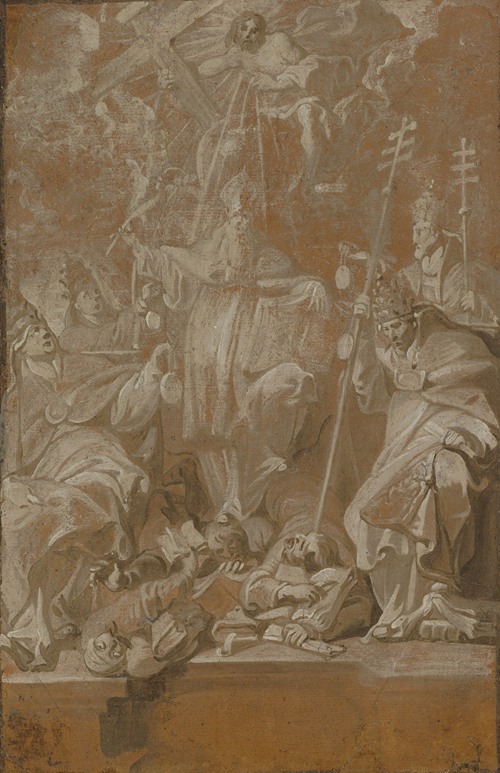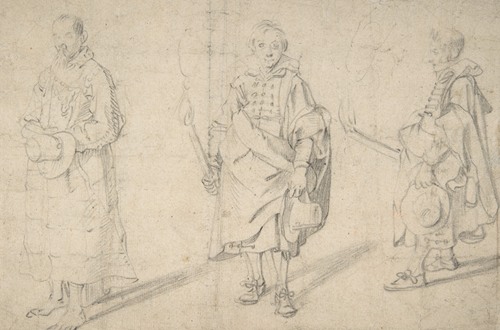
Antoon Sallaert or Anthonis Sallaert was a Flemish Baroque painter, draughtsman and printmaker who was active in Brussels. Sallaert produced many devotional paintings for the Brussels court of Archdukes Albert and Isabella as well as for the local churches. Sallaert was an innovative printmaker and is credited with the invention of the monotype technique. He was an important tapestry designer for the local weaving workshops.
Antoon Sallaert was a pupil of the Brussels painter Michel de Bordeaux starting from 1606. He was registered as a master in the Brussels Guild of Saint Luke in 1613. Some sources mention that Sallaert was a pupil of Peter Paul Rubens or worked in the workshop of Rubens. There does not appear to be evidence for this, although some of his works are close in style to Rubens.
In the 1620s and 1630s Sallaert received commissions from the Archdukes Albert and Isabella but he was never listed as an official court painter. Sallaert was the deacon of the Brussels Guild of Saint Luke in 1633 and in 1648. He received irregular commissions from local nobles and produced religious compositions for the Jesuit churches in and around Brussels. He provided designs for tapestries to the local tapstry workshops. In 1647 he accepted a large commission from the clergy of the Onze-Lieve-Vrouwekerk of Alsemberg to paint a series of 11 compositions on the history of the church. The last recorded payment he received for the commission dates to 1649.
He was buried in the Chapel Church Brussels in 1650.
Sallaert married Anna Verbruggen. Their son Jan Baptist Sallaert (baptized on 14 February 1612) trained with his father and became a painter.

